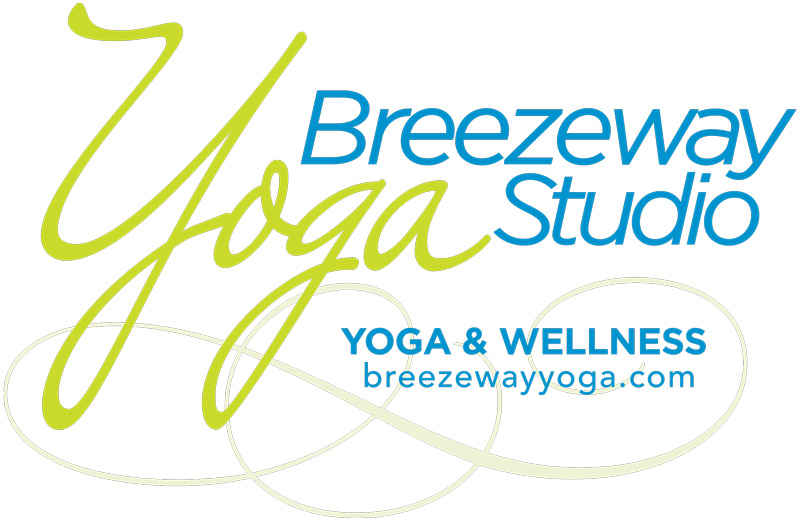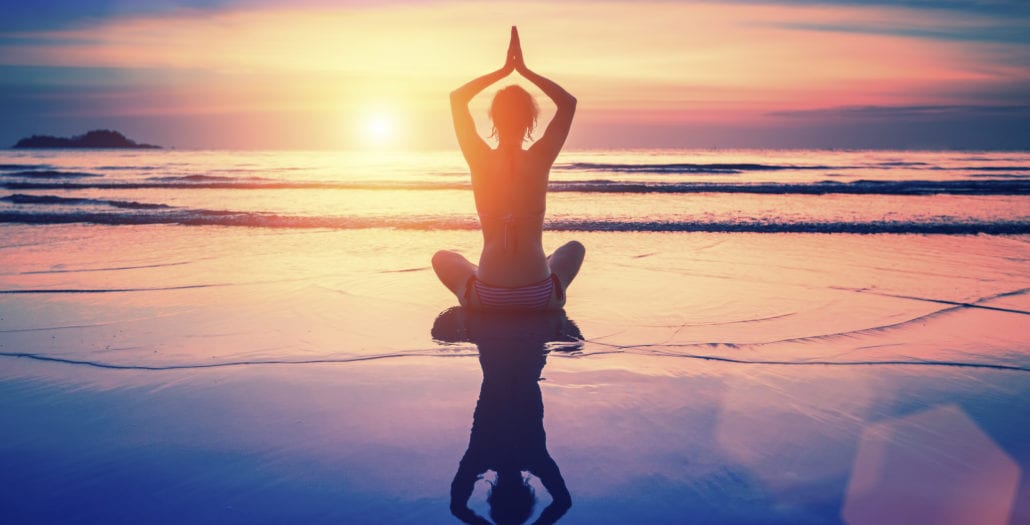Three children who needed dropping off and picking up constantly; the house in disrepair; a partner often away on business and an unpredictable workflow. I was exhausted.
The children, though, were fizzing with energy. Where did it come from? Observing their behaviour led me to one answer: not wearing a lot (which makes it all the easier to run and jump) and not being indoors much.
So, worn down by round-the-clock chores and having tried every energy snack, I followed suit. Keeping cool was the answer.

Twenty years later I’m still following the cold cure.
For much of the year I’m in T-shirts and plimsolls — even when passers-by are wrapped in fleeces and scarves. I’m rarely cold, or short of energy or struggling with menopausal weight gain as many contemporaries seem to be, and I attribute this to keeping my body feeling cool.
And what was once seen as eccentricity now has a stack of science behind it. Research shows that being cold activates our brown fat tissue, the type that helps burn calories.
Brown fat — unlike white fat which is seen in abundance around midriffs, bottoms and chins — is invisibly and compactly distributed deep inside, especially around the shoulder blades, spine and kidneys.
It is created in a process known as thermogenesis in response to low temperatures and burns up energy to keep our bodies warm when in a cold environment.
Read more here — this link will leave breezewayoga.com: https://www.dailymail.co.uk/health/article-9135949/The-cold-truth-losing-weight-keeping-germ-free.html




 Stress can come in many forms. These include mental, physical and emotional.
Stress can come in many forms. These include mental, physical and emotional. Depression affects over 15 million adults in the U.S.
Depression affects over 15 million adults in the U.S.
 Want to cheer yourself up?
Want to cheer yourself up? It’s all about being resilient.
It’s all about being resilient.


 No pills, no morphine, no side-effects, just stimulating a nerve.
No pills, no morphine, no side-effects, just stimulating a nerve. Vagal nerve stimulation appears to restore the body’s natural balance.
Vagal nerve stimulation appears to restore the body’s natural balance. Science is catching up with what healing traditions have known for thousands of years.
Science is catching up with what healing traditions have known for thousands of years. Techniques include breathing practices, chanting and loving kindness meditation.
Techniques include breathing practices, chanting and loving kindness meditation.


